The end of the cold war and roll back of international communism together with the interrupted, but by no means aborted, Asian miracle and other modernising growth impulses have seen the emergence of a new geo-political and geo-economic architecture in Asia that is shaping what could become an Asian century. The Asian heartland and the Indian Ocean rimlands, that oscillated over history as the prime focus of political and economic power, are now reconnecting to create a new geo-strategic landscape of pulsating economic corridors and regional groupings. Verghese would reorient India’s gaze towards these developments. What is unfolding recalls the past. The peoples of Asia long enjoyed a close interaction among themselves and the wider world, with the Silk Road and Spice Route serving as bustling highways of commerce and culture in an earlier globalised era. India and China were leading actors on the world stage until around 1700. Followed an interregnum of western dominance until Nehru spoke of an Asia reborn at the Asian Relations Conference in Delhi in March 1947. That vision is in the process of being realised. There are problems to overcome, not least those related to poverty, population, the environment, peace and stability in structuring a new multi-polar world order. Verghese suggests how some of these challenges might be addressed and what could be India’s role in this Asian century in partnership with others.
Reorienting India: The New Geo-Politics of Asia
In stock
Free & Quick Delivery Worldwide
reviews
Bibliographic information
Title
Reorienting India: The New Geo-Politics of Asia
Author
Edition
1st. Ed.
Publisher
ISBN
8122006116
Length
xxi+303p., Maps
Subjects


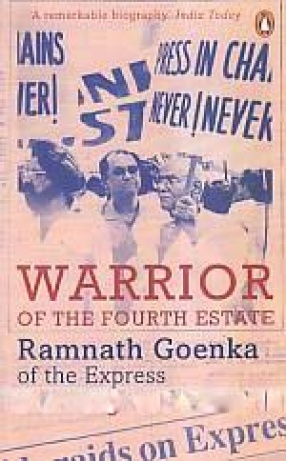

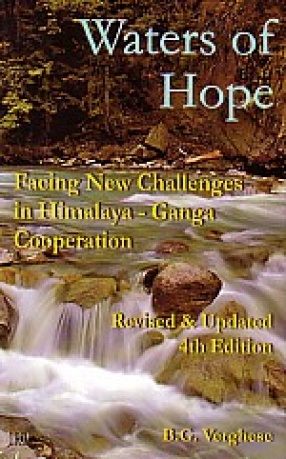
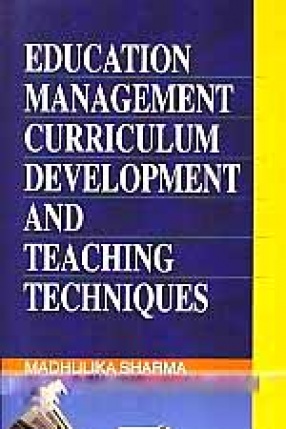
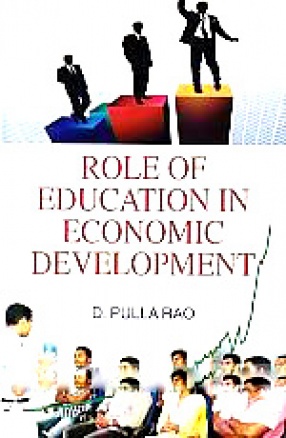
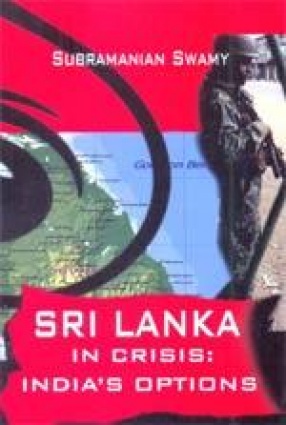
There are no reviews yet.